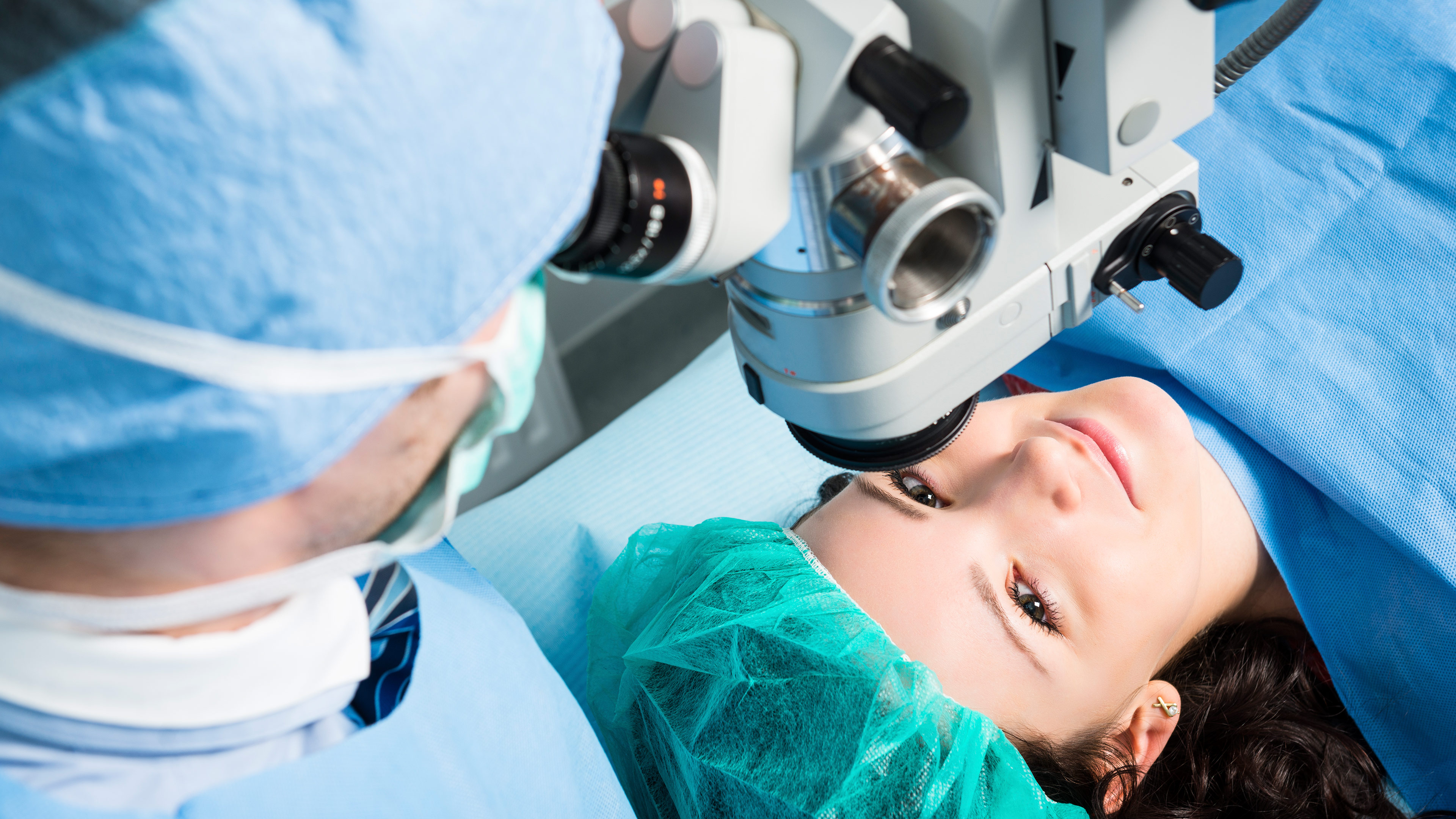Vision
Photorefractive Procedures

The FAA allows most FDA (Food and Drug Administration)-approved refractive procedures, including photorefractive keratectomy, LASIK (laser in situ keratomileusis) performed in the traditional manner or by blade-free IntraLase or Allegretto wave lasers; Implantable Collamer Lenses (ICL); and photorefractive keratoplasty performed with Eximer Laser, for all classes of certification.
Following satisfactory recovery from these refractive procedures, the FAA requests that a brief status report from your treating eye care specialist be submitted to the Aerospace Medical Certification Division. The report should indicate that complete healing has occurred without adverse side effects, and that the visual acuity meets or exceeds the minimums for the class of medical privileges you're exercising.
After the procedure, your ophthalmologist (eye surgeon) will refer you back to your own optometrist for follow-up care. The optometrist can then conduct all required testing that will be supplied to the FAA.
Stromal thermokeratoplasty (conductive keratoplasty, or CK) is currently allowed only for correction of farsightedness and requires FAA review for certification. A six-month stabilization period is required following CK before recertification can be considered.
The following reports need to be submitted following conductive keratoplasty:
- All medical records related to the procedure.
- Current Status Report by the eye specialist with specific mention of complications, of acquired monocularity, or vision complaints by the airman.
- Current FAA (Form 8500-7) Report of Eye Evaluation.
Monocular Correction:
Some optometrists now recommend as a convenience to their patients that one eye be corrected for near vision and the other for distance. This results in a monocular vision condition for purposes of FAA medical regulations because near and distant vision requirements cannot be met with each eye, separately, as required by FAR 67.103, 67.203; and 67.303.
This option is acceptable to the FAA; however, a six-month stabilization period is required after having the refractive procedure done, during which time you must wear eyeglasses or contact lenses that allow you to meet the vision standard in each eye separately when you fly. When not flying, remove the corrective lenses so your eyes can adapt to the monovision correction. The stabilization period provides the time necessary to learn other visual cues that will reestablish depth perception, just as if you had lost the useful vision in one eye.
After the six-month stabilization period, the FAA will then issue a medical certificate with a corrective lens restriction that requires you to continue wearing corrective lenses while flying. To have this restriction removed, you should request the FAA Aerospace Medical Certification Division to issue an authorization for medical flight test with your local flight standards district office (FSDO). Upon successful completion of the medical flight test, the FAA will then issue a Statement of Demonstrated Ability (SODA) that effectively removes the corrective lens requirement.
The use of monovision contact lenses (wearing one lens to correct for distance and one that corrects for near vision) to accomplish the same correction is currently not acceptable.
For other FAA-allowed refractive procedures, you may resume exercising privileges on your current medical certificate under FAR 61.53 when your optometrist releases you to resume normal activities, and when your visual acuity meets the standard for the class of medical you hold.
A report of eye evaluation ( FAA Form 8500-7) should be completed by your optometrist and presented to the aviation medical examiner at the time of your next scheduled FAA medical examination. This report must verify complete healing, stabilization of visual acuity, and lack of significant residual effects that often accompany these types of surgical procedures, including night glare, vision haziness, or eye discomfort. Complete healing is usually accomplished in four to six weeks, but up to 12 months may be necessary in some cases. At the time of your next scheduled medical application, your aviation medical examiner may issue the certificate if you are found to be otherwise qualified.
See also: FAA Eye Evaluation Form 8500-7.
How/Where to Submit to the FAA
Helps you find the contact information for submitting your medical records.
Updated April 2016